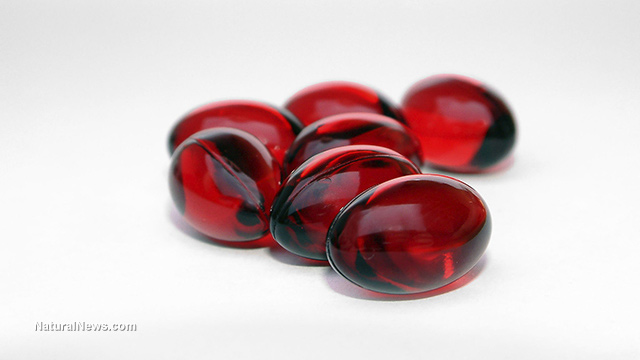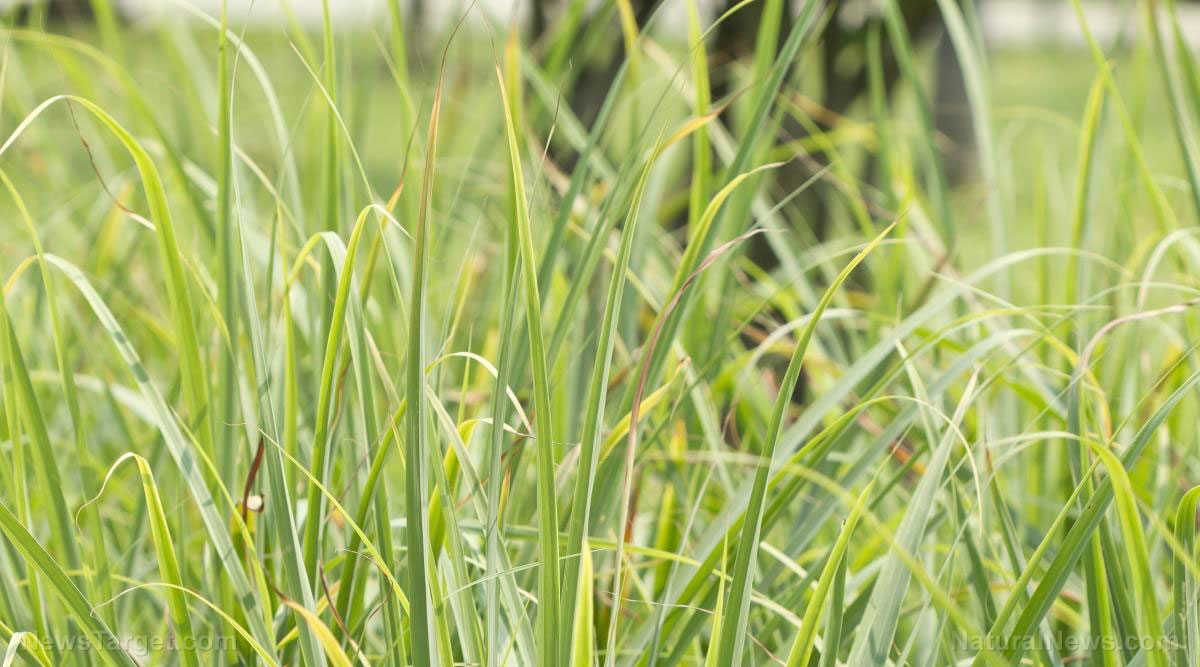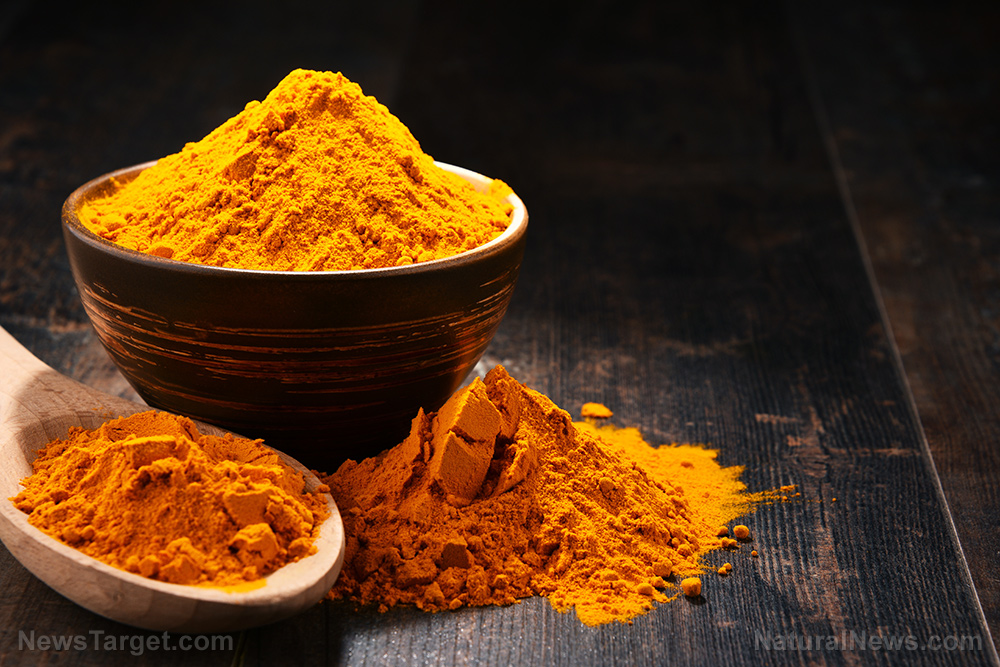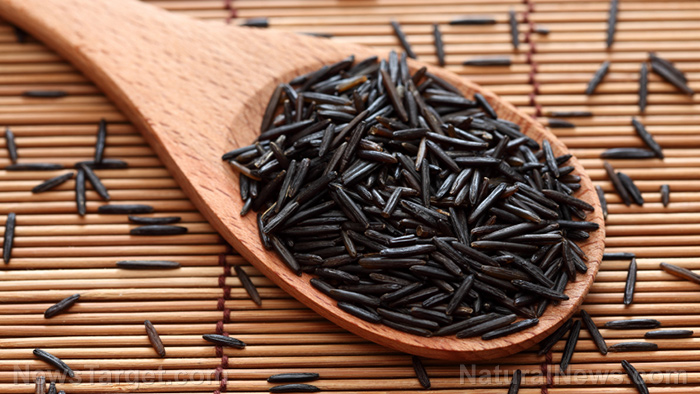New research finds astaxanthin may help diabetics by lowering blood pressure and improving glucose metabolism
04/01/2018 / By Isabelle Z.

If you haven’t heard of astaxanthin, you’re not alone. This useful substance has only recently started to get a lot of attention for its antioxidant effects. However, even those who are already enjoying its benefits might be surprised to learn that it could help diabetics thanks to its ability to lower blood pressure and enhance glucose metabolism.
Astaxanthin is a carotenoid, which is a type of pigment that occurs naturally in many foods. It’s what gives salmon, lobster and algae their distinctive orange-red hue. It’s been getting a lot of buzz for its antioxidant ability, which is 6,000 times stronger than that of vitamin C. Now, a new study shows that scientists are just beginning to scratch the surface when it comes to the potential of astaxanthin.
Researchers in Iran carried out an eight-week study to assess how astaxanthin supplements can impact insulin sensitivity, glycemic control, lipid peroxidation, and other metrics in 44 type 2 diabetes patients aged between 30 and 60. The participants were divided into groups: A control group that was given a placebo and a treatment group that took 8 milligrams of astaxanthin per day over the course of eight weeks.
At the end of the treatment phase, the patients in the astaxanthin group had lower visceral body fat and a higher concentration of adiponectin, a protein hormone that regulates glucose. They also had reduced levels of triglycerides and LDL cholesterol. In addition, their systolic blood pressure was lower than it was before the study. Their findings were published in the Asia Pacific Journal of Clinical Nutrition.
Astaxanthin’s growing list of benefits
This is just the latest in a growing list of benefits that astaxanthin offers. It is perhaps best known for its benefits for the skin and eyes. It can help to boost the elasticity of skin and make it smoother while evening out fine lines. It is also considered an “internal sunscreen” thanks to its ability to help prevent sunburn. When it comes to your eyes, it’s a valuable tool in alleviating problems like macular degeneration, eye fatigue, diabetic retinopathy, and eye strain.
It has also been shown in studies to help fight physical and mental fatigue. Researchers found that it improved stressed individuals’ thinking clarity, mood, concentration and motivation while diminishing feelings of irritability and sluggishness.
Where can you get astaxanthin? Its highest concentration among animals can be found in the muscles of salmon, and scientists believe its abundance explains why these fish are able to swim upstream across hundreds of miles. It can also be found in lobster, shrimp, crabs, crawfish, salmon roe, red trout, and red sea bream. It is also found in krill and algae, especially microalgae.
Because it’s difficult to eat these foods in sufficient quantities on a daily basis, many people turn to astaxanthin supplements, which usually come from microalgae. Although astaxanthin is found in krill, krill supplements don’t generally have enough astaxanthin to give you the benefits. It’s important to find a trusted source that has harvested astaxanthin properly, extracted it safely, purified it, and ensured it’s fresh.
It is a fat-soluble supplement, so it needs to be taken with some type of healthy fat in order for the body to absorb it. Coconut oil, eggs and butter are all good choices.
Astaxanthin shows a lot of promise for diabetes patients, but eating a truly healthy diet free of refined sugars and flour and regular exercise remains one of the best ways to keep the condition under control. See more news coverage of dietary supplements at SupplementsReport.com, and read more about Astaxanthin at Astaxanthin.news.
Sources for this article include:
Tagged Under: astaxanthin, astaxanthin supplements, blood sugar, diabetes, diabetics, glucose regulation, insulin sensitivity, nutrients, nutrition, research, salmon, supplements, Type 2 Diabetes



















